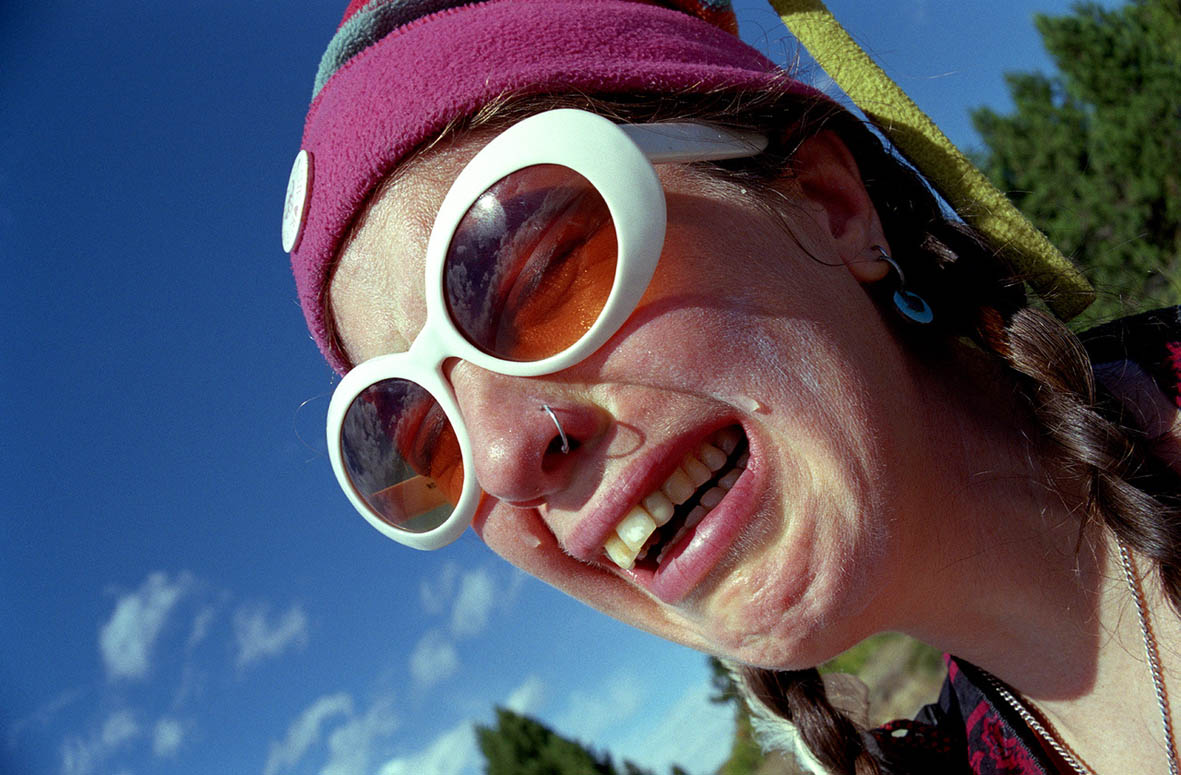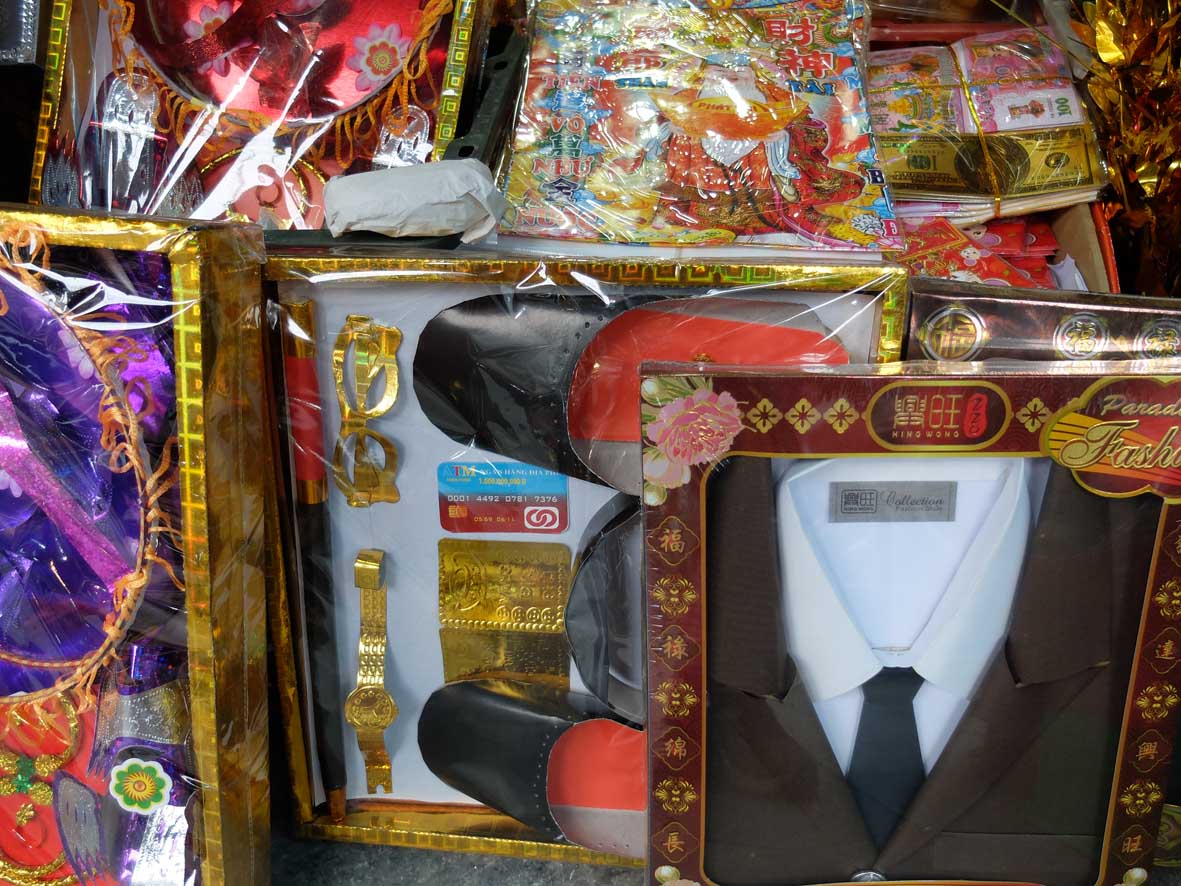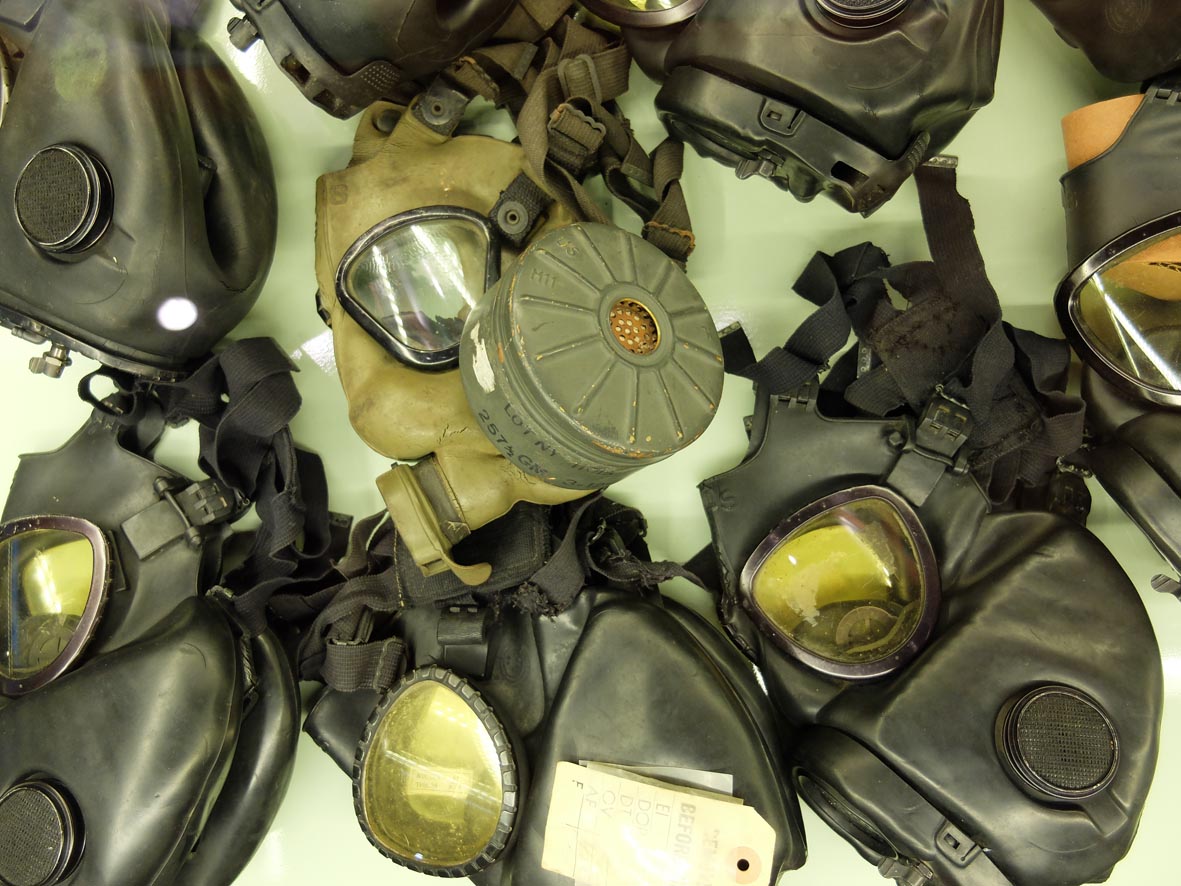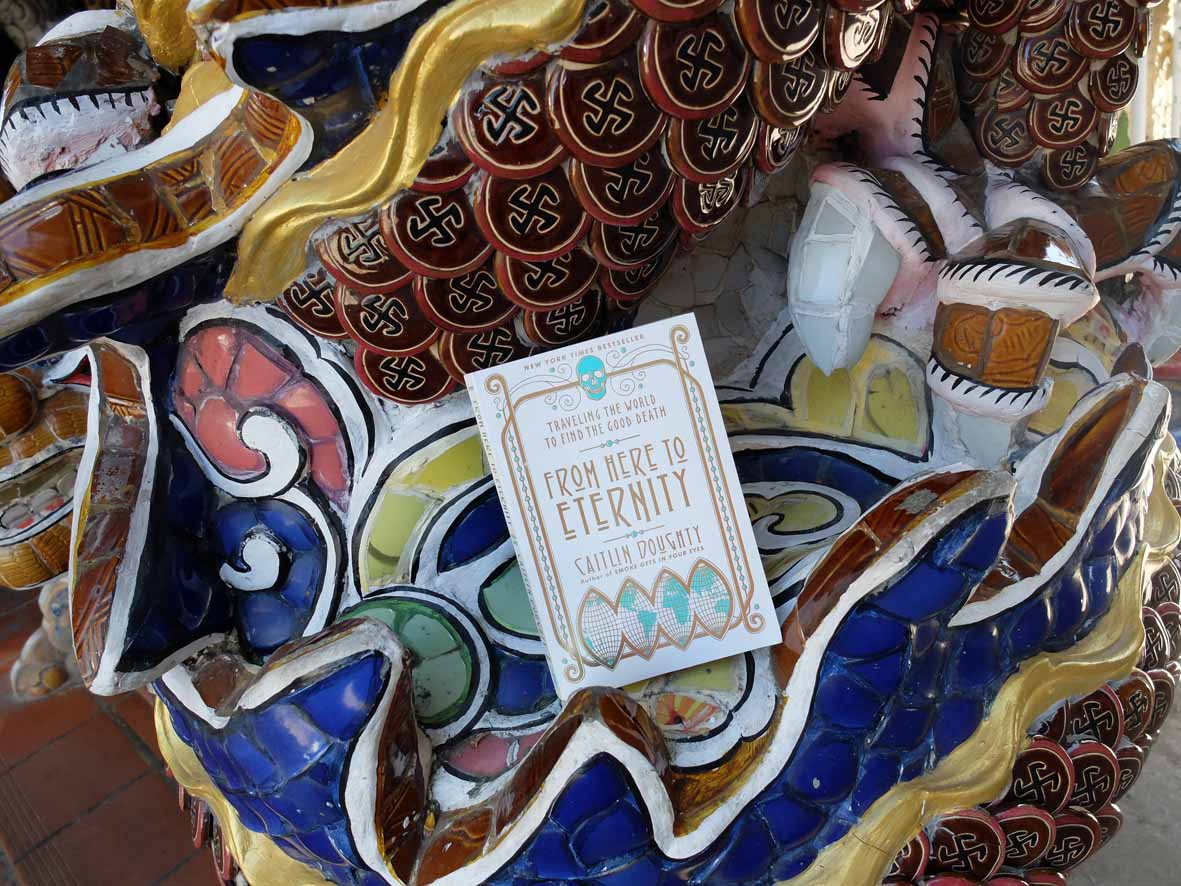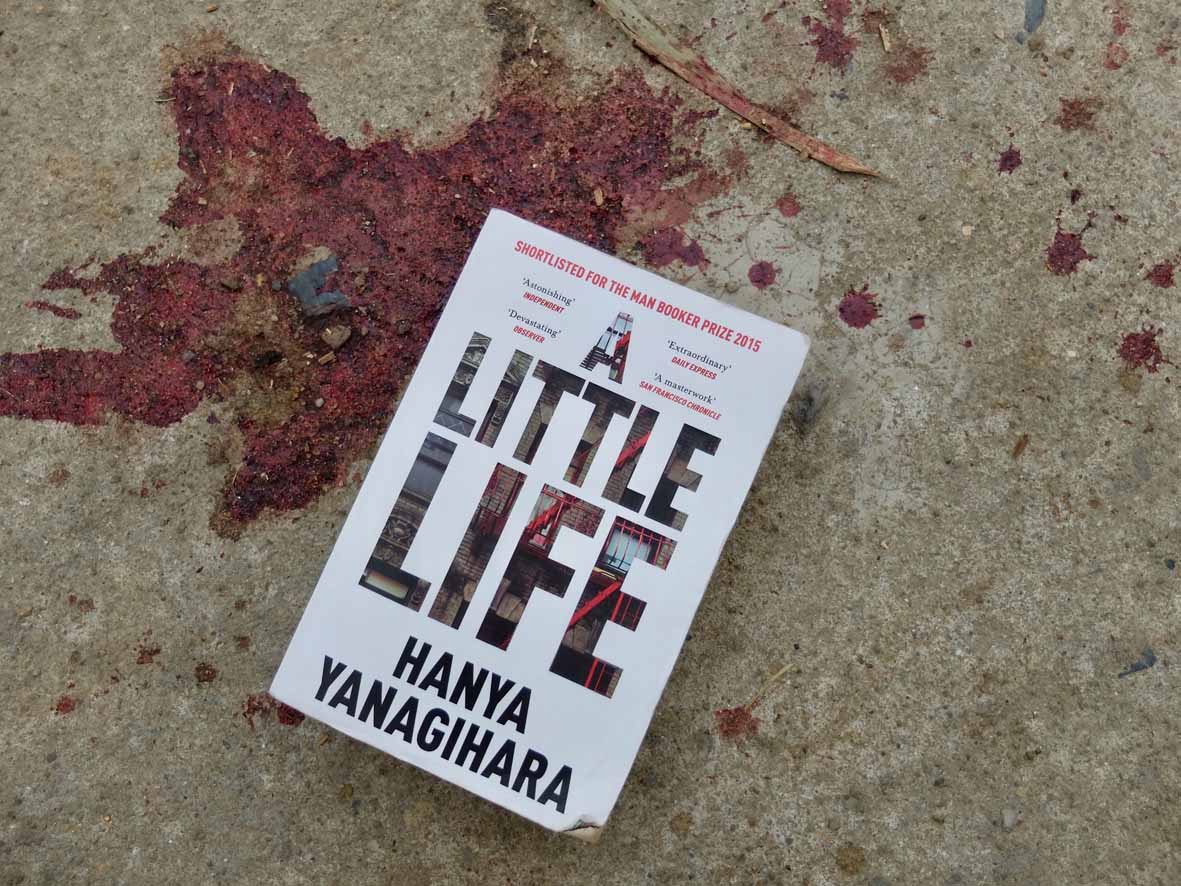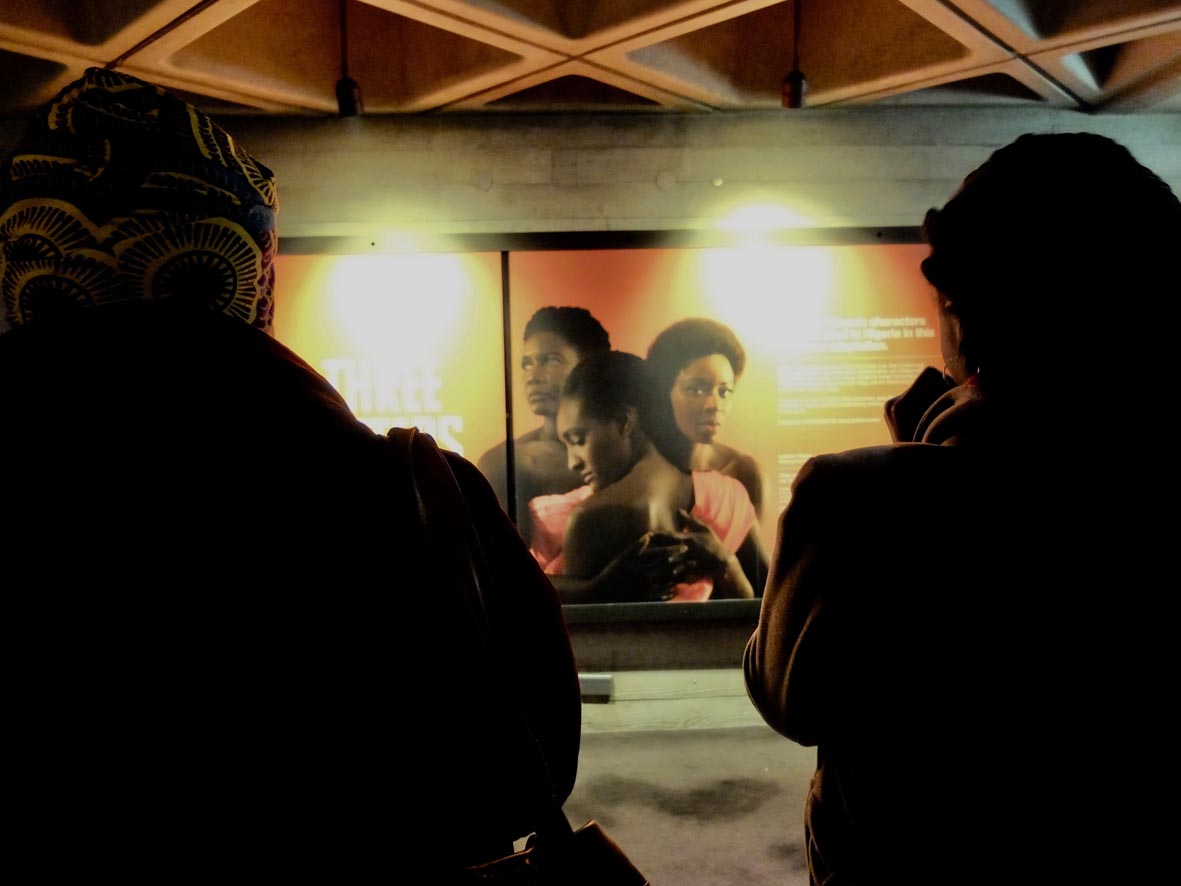Posted at 15:20h
in
Articles
by admin
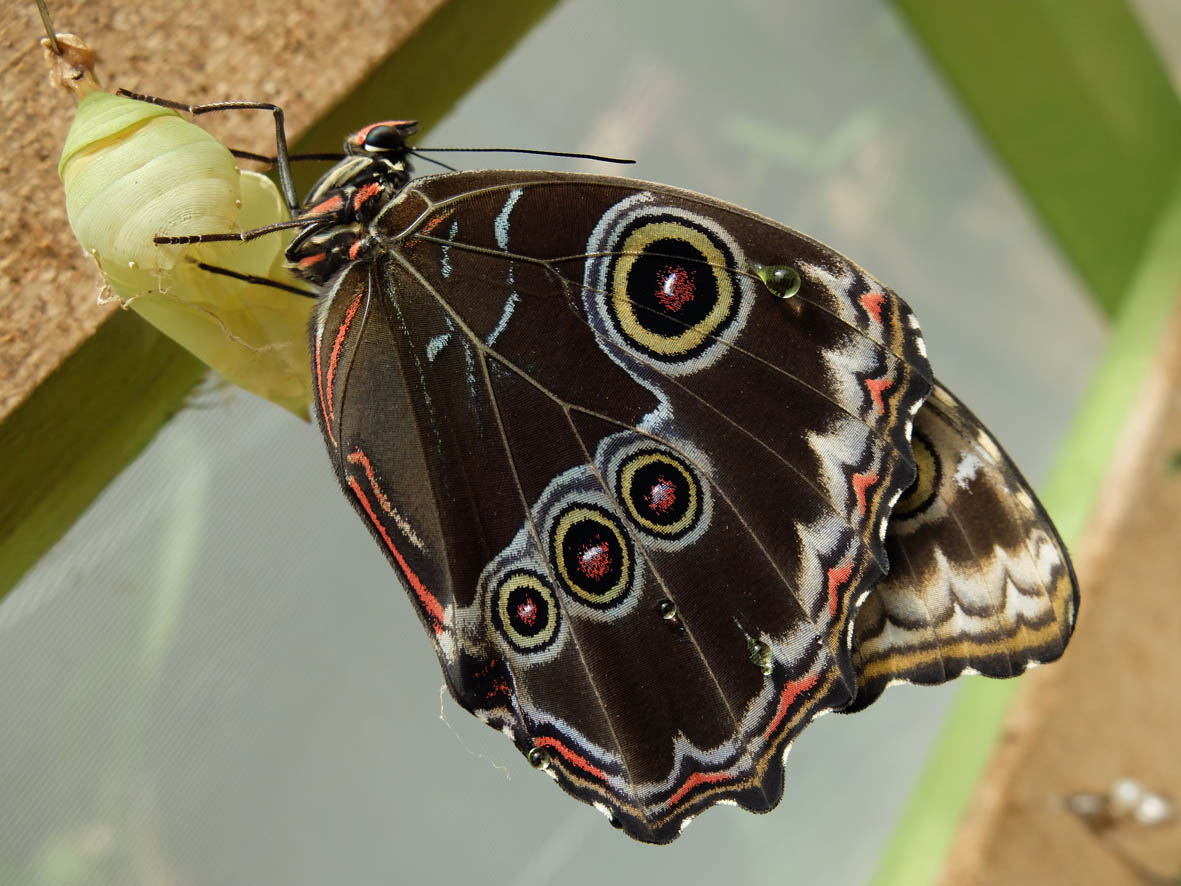 How to use embracing change as a Grief Tending practice
How to use embracing change as a Grief Tending practice
‘Embracing Change in Uncertain Times’ is designed to be read in different ways. If you have time and space, you could leave it open, meander through it, pausing to feel. This article is written in the form of a Grief Tending Practice, as a framework for embracing change, giving time and attention to grief.
“The best and most beautiful things in the world cannot be seen or even touched. They must be felt with the heart”
Helen Keller
Who supports me?
In order to be with painful feelings we need support. We need to feel safe in order to contact feelings. Grief Tending is something that is usually done with the support of a group of people. Connecting with another, taking turns to witness might be helpful, perhaps on-line if not in person. If we are not able to spend time with others during this period of restrictions, and you would like to give time to grief tending as a practice, perhaps there is someone you trust that you could check in with before and after?
Setting up a space for Grief Tending
In order to tend to your grief, it’s good to find a space where you feel safe and comfortable. I like to set up a special table with images or things that inspire me on it. You can also include objects or images that connect you to your grief. If you have a dedicated space already, is there something you would like to add to it today? I like to add something seasonal – from the garden, park or fruit bowl. Prepare anything else you need, in order to support you on a personal journey towards observing change and tending to grief.
Elements to include
Grief Tending in Community was brought to the UK from the Dagara people of Burkino Faso by Sobonfu and Malidoma Somé. My teachers Sophy Banks and Jeremy Thres have passed on some of the practices that have come from this tradition, some of which I share here. Working with water to balance fire comes from the Dagara people. In addition to lighting a candle, water is an important element to include when working with grief. We include a jug of water, and an empty bowl to pour into.
Pause and reflect
When I spend time attending to my inner experience, it helps if I stop and pause to feel into any sensations or reflections. You might choose to pause, to pour a little water, perhaps naming whatever you are feeling in acknowledgement. Staying as grounded as possible helps me to stay present during uncertainty. I regularly return to ‘Dropping into the Body’ (see below), as well as pausing to feel, and pouring water during grief tending.
Change in these uncertain times
As I write Covid-19 is sweeping the globe. But the information presented here is just one way to respond to the uncomfortable feelings of grief in relation to other circumstances. Many changes are happening now. The level of risk we face, will depend on our underlying health, our financial and food resources, our location, our relational support systems, our national governance and our luck. Giving space to feel these changes in our bodies will allow us more choice in how we respond.
It is likely that most people will be affected in some way. Many people will experience dramatic changes in their circumstances. Fear or anxiety may be present for you. You may angry, overwhelmed, or facing loss. We will each have different stresses to deal with. Many people will already have challenges in their daily lives, and Coronavirus circumstances will add to the load they carry. The pressures of homes that contain many people, compared to those living alone may be very different. Some may be overloaded by too much work, for others, not enough.
What we are coping with, how we feel and the way we express it will be different for everyone. It may be too soon to feel anything, so please approach your emotional wellbeing with care.
How we respond to changes that happen to us, that we cannot do anything about, may give us some agency in these times. I’m not talking about change as a result of the kind of unfair treatment that needs to be challenged and protested.
Meeting my needs first
First we must attend to our needs for safety and survival. Until our physical needs for shelter, water, food and safety are met, everything else is a luxury. It’s important to feel safe and supported in order to touch into uncomfortable feelings. I can feel more grounded and safe with a hot water bottle, or wrapped in a blanket.
Taking care of yourself does not mean you are selfish or uncaring. It is necessary. We must ‘put on our oxygen mask before helping someone else to put on theirs.’ Your body needs to know that you are listening to its needs. I try to keep checking in with myself. Is there anything that my body needs or that I need to do now in order to be more present?
Dropping Into the Body
I stop for a moment. Give myself a little space for reflection. Allow the ground to take my weight. Can I feel my feet on the floor? Notice the quality of my breathing. What is my body feeling like right now? Is there any pain or tension that needs the touch of my hand or my attention? Are there any sensations calling my awareness? Can I sense an emotion surfacing or bubbling underneath? Perhaps my body has a message or some feedback for me?
Gratitude
When things feel as though they are falling apart, internally or externally, it’s easy to get lost. I used to dismiss the practice of offering gratitudes as hippy nonsense, but I’ve discovered it actually helps me. When times are tough it can be really hard to think of things that I am grateful for. Identifying what we love can help us to recognise our resources. Feeling gratitude can also be a support so that we are able to dip into feelings that may be more difficult. Ask what am I grateful for? If this is a struggle, it can help to start with something really small.
A global pause
Whatever your circumstances, there is probably an element of pause in normal activity as a result of Covid-19. This may involve the sudden end of something for you, or a temporary cessation. Are you able to allow this moment of pause to happen? What happens if we stop our busyness for a moment to be with the change? How does it feel to stop for a moment? What is surfacing in this moment of stillness?
Slowing down as a resource
Slowing down is a way to help embrace change. You may have more time, but be under more pressure than previously. I am relishing spending some time in activities that support me to live at a slower pace. Perhaps being restricted to spending more time at home can encourage us to embrace a slower way of life? Are there things you enjoy that might become resources as you flow with the changes? I am looking for new opportunities opening up to cook from scratch, grow vegetables, sort my paperwork, read a book, write poetry, send a letter, mend a jumper, draw the view from my window? What do you love doing, when you give it the time, that makes you feel good?
Some may have much less time. Perhaps you are working harder, longer hours, or have to give more care and attention to those around you. In this case, is there something slow that you want to prioritise as soon as it is possible? Are you able to allow yourself a moment now to pause, within the rush?
Re-calibrating
Our ability to recalibrate, affects our success at responding to change, particularly in these uncertain times. This requires being flexible both mentally and in practical ways. What will help me to recalibrate, in order to embrace the current changes?
If some of the changes you are facing are sudden, you may be feeling a range of emotions. I have been experiencing the familiar sensation of shock. Allow yourself time to pause, to feel into how you are, to listen to your body. How are you feeling right now? Are there physical sensations? Be curious about what lies beneath the mental chatter?
Mindfulness as a resource
Anything can be a mindfulness practice. Many people choose to meditate sitting on a cushion, but this may not be what works for you. Being mindful means being present now in whatever you are doing. It might involve paying attention to the washing up, looking out of the window and noticing my breath, being ‘in the zone’ when I am doing something creative, or listening to music.
Repeatedly returning my awareness to the present can help me to manage change. Rather than going over what happened or worrying about what will happen, being present can help me to function better. Being present allows us to take one manageable step at a time. I can practice being mindful any time, anywhere. It is normal to find this difficult to remember. But even a moment or two of focussing my awareness in the present can help me to create more inner space.
Feeling the changes
Changes stir up feelings. In the current pandemic you may be experiencing multiple simultaneous changes in your life. It is normal to respond to changes in the same way we respond to any loss or ending. Approach feelings very gently, especially if they are big or overwhelming. If you feel safe and supported enough, ask how am I feeling? Is my body giving me any symptoms as clues? Am I experiencing layers of different feelings? Grief includes a wide range of flavours including relief, anger, joy, fear, disconnection, shame, yearning and sadness. Old sorrows or emotions may also be touched by more current losses. It is normal to feel grief in your own unique way.
Expressing feelings
We can welcome in change by allowing our feelings to be felt, and heard rather than looking for distraction. In dealing with the uncomfortable feelings of grief, we need enough time and space to feel. What are the ways that help you to express your feelings?
Sounding
I find it helpful to articulate how I’m feeling by letting out sounds. Even when I am alone, I often speak how I am out loud, “I feel…” What happens when you drop your mouth open and gently allow sounds that long for release? Are you holding back a tone, a grumble, a sigh or a wail? Is there a song to sing which touches your heart?
Movement
Music can help me to access feelings. Nina Simone can really help me to find the spot. Movement, dancing, stretching can enable me to express my mood. What are the moves that will help you to open, that are longing to be expressed? What is the soundtrack to express what you are feeling right now?
Creativity
Writing or drawing is a way in for me too. Sometimes I pick up a pen or art materials and allow whatever is inside to flow onto the page uncensored. Take a sentence for a walk, starting here, “I long for…”
Breath
Simply spending time with your own breath can be really powerful. By allowing my jaw to loosen, breathing into the belly, and concentrating on my out breath, I can connect more with feelings.
Touch
I often find I can contact my feelings through self-massage, especially rubbing around my breast bone. Is there somewhere in your body that aches for touch?
Letting go
Change brings grief, and all the messy emotions that may come with it. Resisting change, avoiding pain can make life more difficult and for longer. Embracing change can be empowering. Facing our feelings can allow us to move through them. In order to embrace the changes, we need to be willing to let go. Moving forward involves being ready to surrender, to give up what we had before. Facing, rather than ignoring change can help us to ride the waves.
Welcoming change
Is the system disruption caused by this pandemic bringing opportunities to do and experience things differently? I am noticing new possibilities because of the changes, as well as restrictions. Are there changes that I need to make but haven’t get round to? We may be experiencing a real mix of emotions and responses.
By embracing change, we may discover opportunities for something new to come into our lives. We may discover that a change that has been imposed upon us, has benefits. By connecting with our feelings we can ‘make friends with change’.
What connects us?
The global influence of this pandemic brings both changes and reminds us that we are connected. Is this a shift that will be part of ‘The Great Turning’ as Joanna Macy calls it? This virus currently reminds me that we share the web of life. How do we look after one another in this time? What measures will help us to live fairly, despite the difference in how change lands in our lives? Can we recognise our inter-connection? Will we all come to value nature, fresh air, being able to walk freely outside more? I am aware of leaning into something greater than myself to guide me through the changes we face.
Soothing
After going inward I take time to stroke, or hug myself. Grief is hard to bear, and being witnessed helps. I need to connect with someone I trust after working with feelings. I will be especially kind to myself. Is there anything I need to complete this journey of tending to my grief? I might play some music, give my feet a salt bath, go into nature, open the window to breathe fresh air or make a cup of tea. I love to sing along to this version of the Hawaiian Ho’oponopono prayer sung by Trina Brunk.
Resources
In response to the current changes caused by Coronavirus, I am digging into my own toolbox to see what resources I have in place. What are the activities that support me? Where are the places I feel safe? What things remind me of connection? Who is there for me? This is more important in a time where we are being asked to ‘self-isolate’ or ‘social distance’. Am I finding enough outlets for self-expression with people who support me? I am finding new ways to weave threads of community on-line, in order to find more support during this period of change.
What matters most?
We all need enough food, water, shelter, health and resources to survive. Building on these, we need other things – to feel valued and able to contribute in our lives. This feels like a great time to re-evaluate my life. I am considering what are the things that matter to me most? I am pondering what is meaningful to me? Asking what do I value? I am noticing what I enjoy doing. And what gifts do I have to offer? Where and what makes me feel comfortable? Of the things I take in, what nourishes me? Who do I love?
For me, this is a great moment to cherish what matters most. When everything else is stripped away, love, relatedness and connection to the web of life can support us to embrace change.
‘Grief hygiene’
In Grief Tending we pay attention to the space after doing this practice. If I have poured water to connect to my grief, I pour it away, asking the land or sink to receive it as a blessing. Taking down any temporary special table, I might add something to my permanent one, to remind me of the things that support me. Burning sage, spraying an essential oil or cleaning the room clears the space. If something moved in me, I take a shower and change my clothes to shift into a different gear.
Moving On
If there is one thing we can be sure about, there will be more loss, and more change. Embracing change is a practice to return to again, and again. The skills of feeling and expressing grief can help us to live with uncertainty.
“What a caterpillar calls the end of the world we call a butterfly.”
Eckhart Tolle
Links:
Join the Love and Loss mailing list or contact Sarah Pletts here
Grief Tending events on line with Sophy Banks and Jeremy Thres
Sobonfu Somé
Malidoma Somé
Joanna Macy
Helen Keller
Trina Brunk
Eckhart Tolle
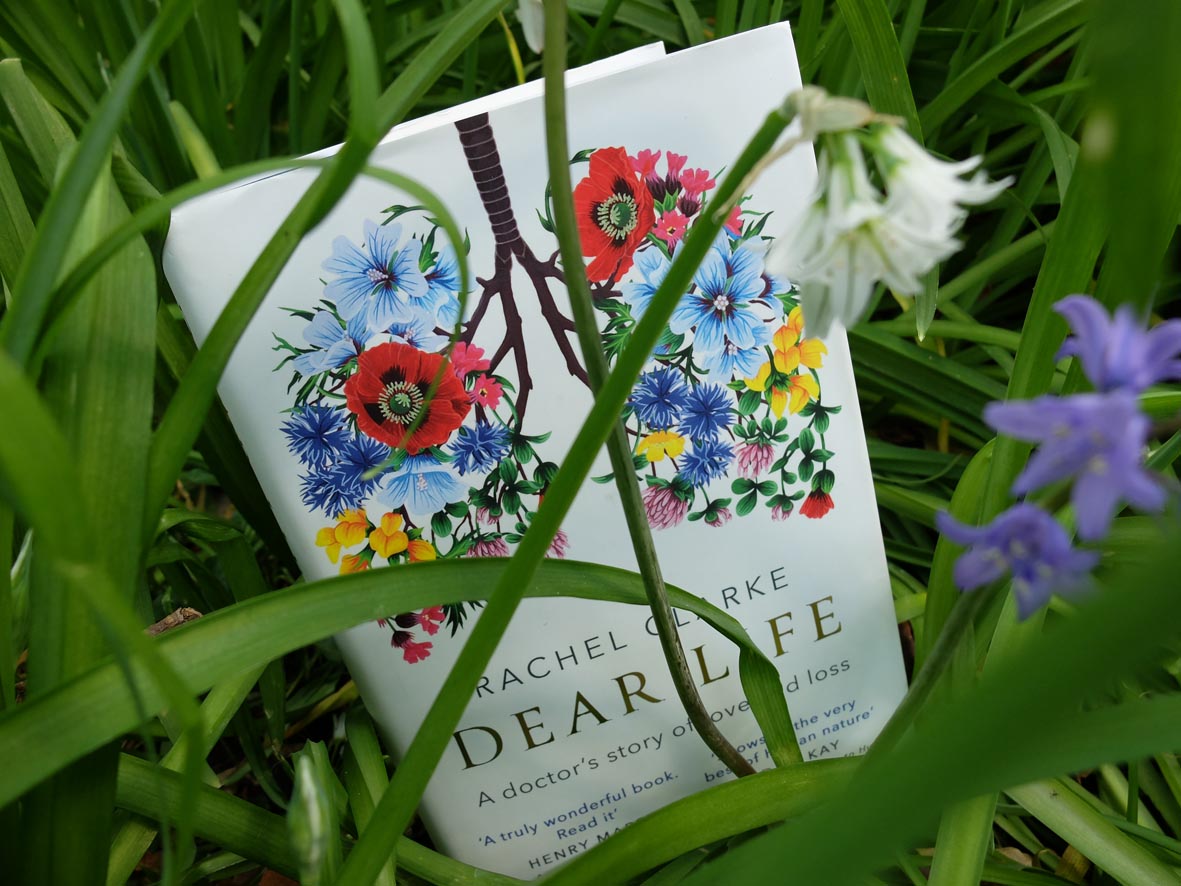 “In navigating this complex web of fact, fear, imagination and physiology, a palliative care doctor is a scientist with a hint of shaman.” Rachel Clarke is one of these scientist/shaman working with the living, who happen to be dying. In ‘Dear Life’, she manages to articulate the challenges of being a medical doctor with a big heart on the front line of end of life care. She takes us with her, on her journey to become a doctor, combined with the roles of mother and daughter. It is her warmth as a person that comes through in her writing and allows us to connect with her experience. She recognises the importance of fundamental values like kindness, listening, and as she puts it, “patient, not disease, centre stage”. She is a representative of an underfunded sector of an under-funded NHS, a pragmatic yet passionate doctor. She recognises how, “patients oblige, comply, obey; they cannot risk dissent when so much power is concentrated in medical hands.” She is a powerful advocate for “small acts of kindness, and simple touch to transcend primal fear.” She doesn’t shy away from facing issues of ‘desperation medicine’, which is a tempting treatment avenue to follow when including death in the conversation around life-limiting conditions is avoided. She is wise and understanding as she accompanies patients and their families, navigating hospice life together. “I forgot how much it hurts to love someone while losing them”, she admits. Her descriptions of the vibrant life on a hospice ward are inspiring and life affirming. She shows us what is possible in the face of difficulty. “In the absence of cure there is still love, joy, togetherness, smiles, tears, wonder, solace – all of life, only concentrated.” Her own grief unfolds through the narrative when her father is diagnosed with cancer. This becomes the lens which deepens her clinical practice and reminds us that “grief, like love, is non-negotiable”.
“In navigating this complex web of fact, fear, imagination and physiology, a palliative care doctor is a scientist with a hint of shaman.” Rachel Clarke is one of these scientist/shaman working with the living, who happen to be dying. In ‘Dear Life’, she manages to articulate the challenges of being a medical doctor with a big heart on the front line of end of life care. She takes us with her, on her journey to become a doctor, combined with the roles of mother and daughter. It is her warmth as a person that comes through in her writing and allows us to connect with her experience. She recognises the importance of fundamental values like kindness, listening, and as she puts it, “patient, not disease, centre stage”. She is a representative of an underfunded sector of an under-funded NHS, a pragmatic yet passionate doctor. She recognises how, “patients oblige, comply, obey; they cannot risk dissent when so much power is concentrated in medical hands.” She is a powerful advocate for “small acts of kindness, and simple touch to transcend primal fear.” She doesn’t shy away from facing issues of ‘desperation medicine’, which is a tempting treatment avenue to follow when including death in the conversation around life-limiting conditions is avoided. She is wise and understanding as she accompanies patients and their families, navigating hospice life together. “I forgot how much it hurts to love someone while losing them”, she admits. Her descriptions of the vibrant life on a hospice ward are inspiring and life affirming. She shows us what is possible in the face of difficulty. “In the absence of cure there is still love, joy, togetherness, smiles, tears, wonder, solace – all of life, only concentrated.” Her own grief unfolds through the narrative when her father is diagnosed with cancer. This becomes the lens which deepens her clinical practice and reminds us that “grief, like love, is non-negotiable”.



